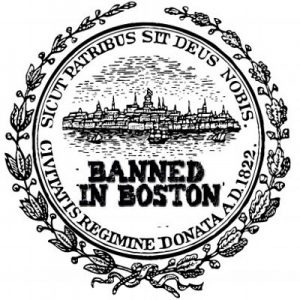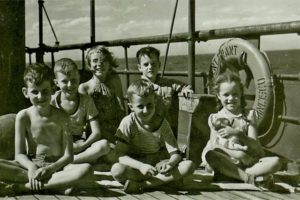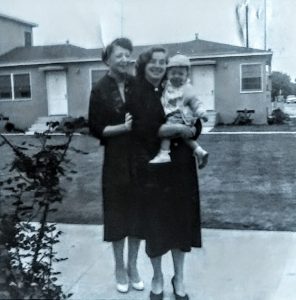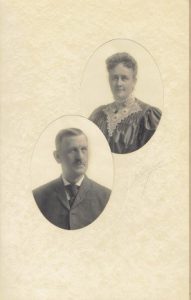
The weekend after my blog post was published in July, I sat down at my kitchen table and knocked down that brick wall. Welcome to part two of my quest to uncover my ‘circus family.’
I joined a website called Genealogy Quebec (https://www.genealogiequebec.com/en) on the recommendation of a co-worker and dedicated a rainy Saturday to my search. I started with the information about which I was confident: my great-grandmother Nora Caron’s birth and death certificate listed her parents as “Alphonse Caron” and “Mathilda Gauthier.” Continue reading A circus family, part two







